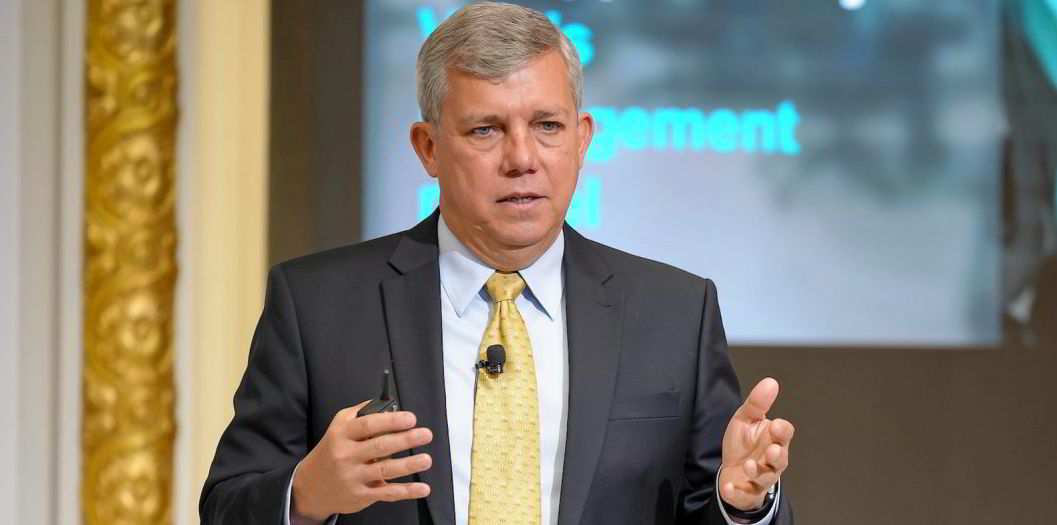Vale says high bunker prices helped lift the cost of its iron ore exports to China.
The Brazilian mining giant said in its quarterly earnings report that freight costs for shipping iron ore fines to China amounted to $21.30 per tonne in the second quarter, up 17.7% from $18.10 in the first quarter and a 21.7% jump from the $17.50 per tonne a year previously.
The higher freight costs were a contributor in lifting cash break-even levels for selling iron ore to China.
For costs to break even on an Ebitda basis, Vale said it had to sell iron ore fines at $58.40 per tonne in the second quarter, up from $49 per tonne in the prior quarter.
In a conference call with investors, chief financial officer Gustavo Pimenta said the rise in freight costs compared with the first quarter was primarily a reflection of higher bunker costs.
But he indicated that it could have been worse, as Vale’s freight costs were below spot rates and it saved $127m by installing scrubbers across the fleet.
Sao Paulo- and New York-listed Vale said it avoided fuel costs equating to $2.40 per tonne of iron ore by installing scrubbers.
Scrubber benefit
The freight market performance has “benefited from our strategic decision to install scrubbers in our dedicated fleet back in 2019 as the low to high sulphur bunker spread has widened during the quarter”, Pimenta told investors.
He said Vale enjoys a competitive advantage in its freight strategy by having 70% to 80% of its annual shipping needs covered by vessels on long-term contracts.
That helped its costs to come in 30% below spot rates on the C3 route for capesizes travelling from Brazil to China.
Freight rates have headed sharply downward on the route since the end of June. After averaging $30.15 per tonne in the second quarter, rates peaked at $32.48 on 18 July, then plunged to $25.95 on Friday.
Vale reported a profit of more than $6.2bn for the second quarter, down from $7.59bn a year ago.
Its profit — described as net income from continuing operations attributable to common shareholders — fell to $4.09bn, down from nearly $8.15bn a year earlier.




